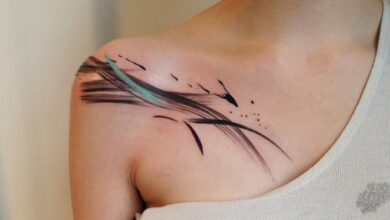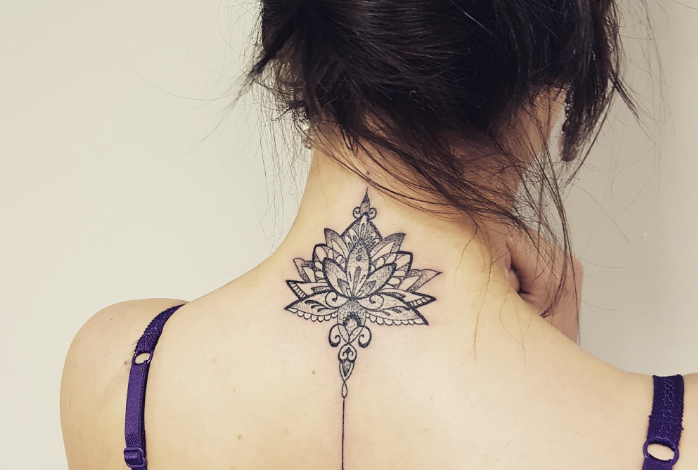
In “Origins And Inspirations: A Journey Through Historical Tattoos,” embark on a captivating voyage through time as we explore the fascinating world of historical tattoos. From archaeological findings to ancient civilizations, this article takes you on a captivating journey, uncovering the origins and inspirations behind these timeless inked expressions. Join us as we unveil the rich history and cultural significance of tattoos throughout the ages, shedding light on the stories etched onto the skin of our ancestors. Get ready to be enthralled by the captivating tale of ancient body art.”
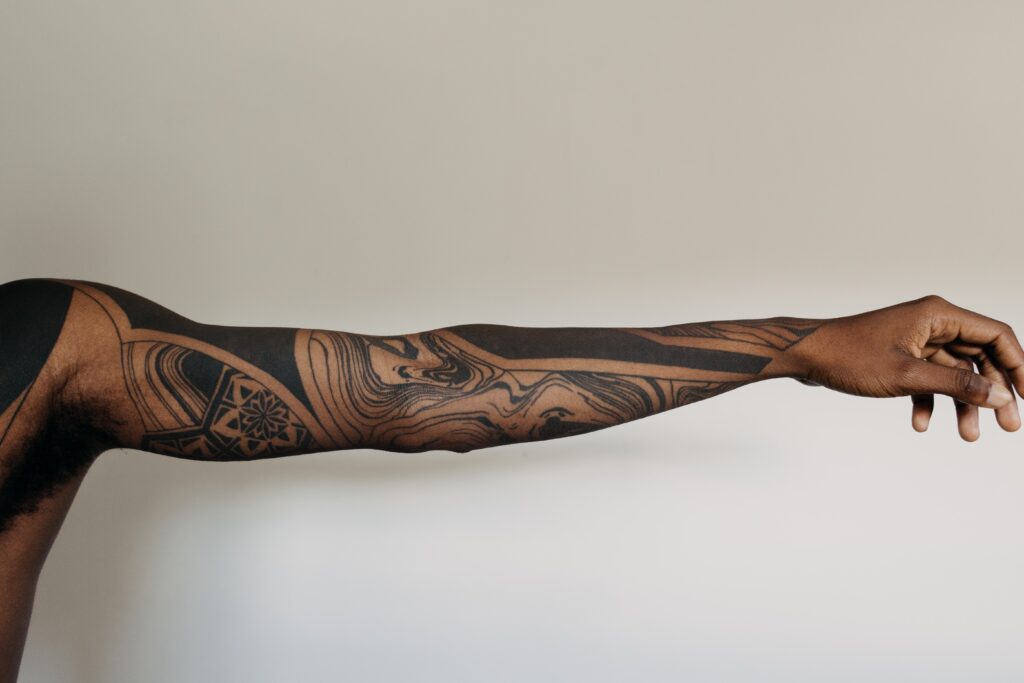
Origins of Tattooing
Tattooing is an ancient art form that has been practiced by various cultures throughout history. The origins of tattooing can be traced back thousands of years, with evidence of its existence found in different parts of the world. Tattooing served various purposes in different cultures, from religious and spiritual significance to marking social status or serving as a form of adornment.
Ancient Origins
The practice of tattooing is believed to have originated in Neolithic times, around 5,000 years ago. Archaeologists have discovered ancient tools and artifacts that suggest the early use of tattoos. For example, tattooing instruments made of bone and stone have been found in ancient burial sites. These findings indicate that tattooing was not simply a decorative practice, but that it held deeper cultural or spiritual significance.
Egyptian Influences
One of the earliest known examples of tattooing can be found in ancient Egypt. Tattoos were prevalent among both men and women in Egyptian society and were often associated with specific religious and spiritual beliefs. The Egyptian tattoo designs often depicted gods and goddesses, symbols of protection and fertility, and even amulets to ward off evil spirits.
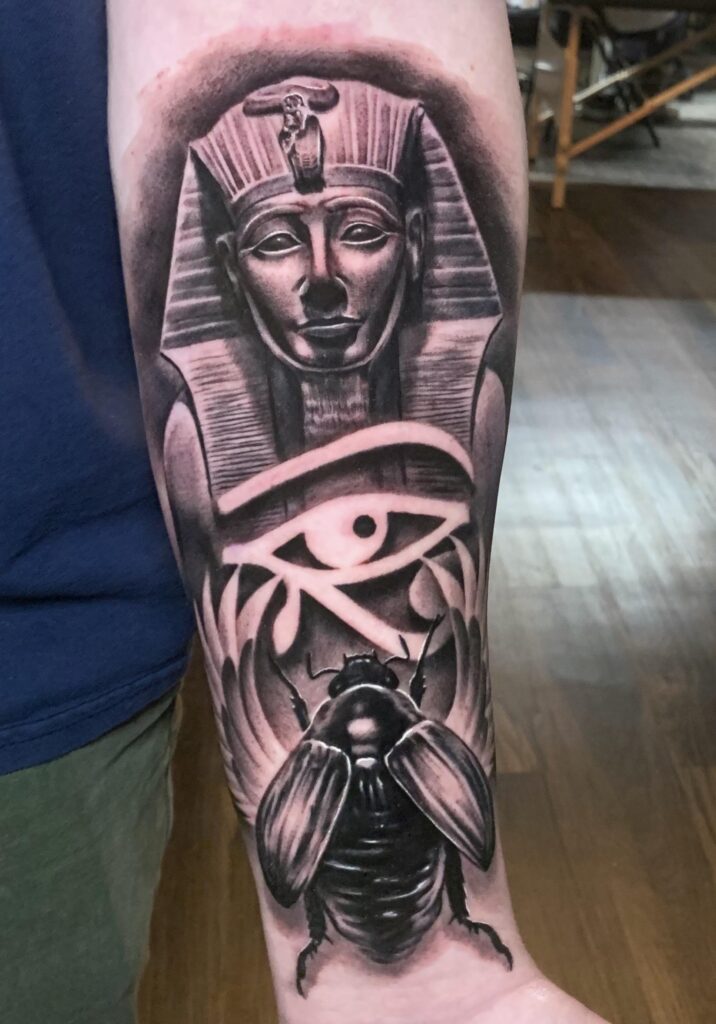
Polynesian Tattoos
Polynesia is another region with a rich history of tattooing. The Polynesian islands, such as Samoa and Tahiti, have a long-standing tradition of intricate tattoo designs. Polynesian tattoos, also known as tatau, were deeply ingrained in their culture and held great significance. These tattoos were often used to depict social status, lineage, and personal achievements. The traditional techniques of Polynesian tattooing, using hand-tapped tools and natural pigments, are still practiced today.
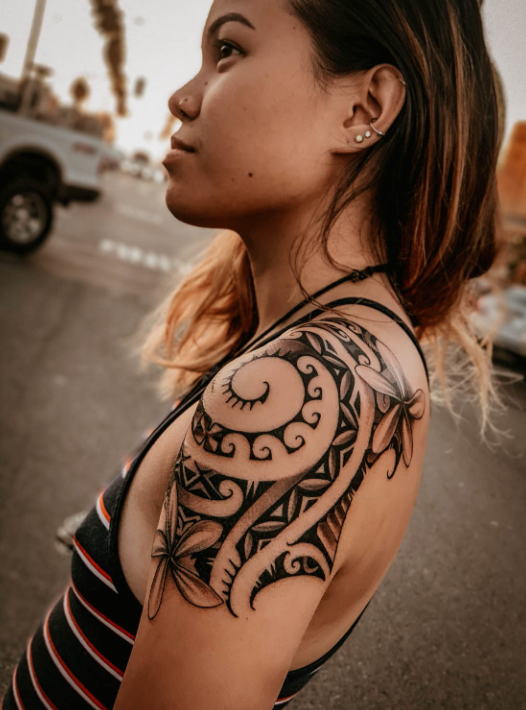
Tattoos in Ancient Cultures
Tattooing played a significant role in many ancient cultures around the world. Let’s take a closer look at two notable examples – ancient Egypt and ancient Greece and Rome.
Ancient Egypt
In ancient Egypt, tattoos were not only a form of artistic expression but also had deep religious and spiritual meanings. Egyptians believed that tattoos had the power to protect the wearer and ensure their safe passage into the afterlife. Tattoos were commonly found on mummies, often depicting symbols of resurrection and rebirth. Soldiers and warriors would also adorn themselves with tattoos as a form of protection during battle.
Ancient Greece and Rome
In ancient Greece and Rome, tattoos were primarily associated with slaves and criminals. These individuals would often be marked with tattoos to signify their status or crimes committed. However, tattoos were also seen as a form of punishment and humiliation. Gladiators, for example, would sometimes be forcibly tattooed with the names of their owners. On the other hand, some wealthy individuals in ancient Rome would opt for decorative tattoos as a sign of status and wealth.
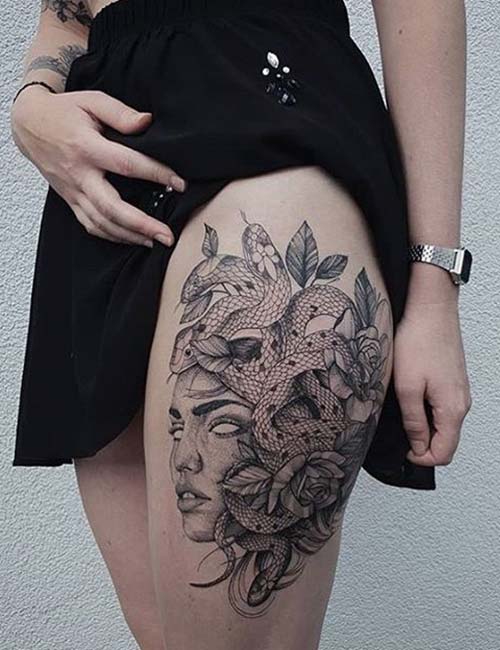
Tattoos in Asia
Tattooing has a long history in various Asian cultures, each with its own unique traditions and symbolism. In Japan, a form of traditional tattooing called irezumi has been practiced for centuries. Irezumi is known for its elaborate full-body designs, often depicting mythical creatures, samurais, and traditional motifs. In Southeast Asia, countries like Thailand and Cambodia have a long-standing tradition of Sak Yant tattoos, which are believed to provide protection and blessings to the wearer.
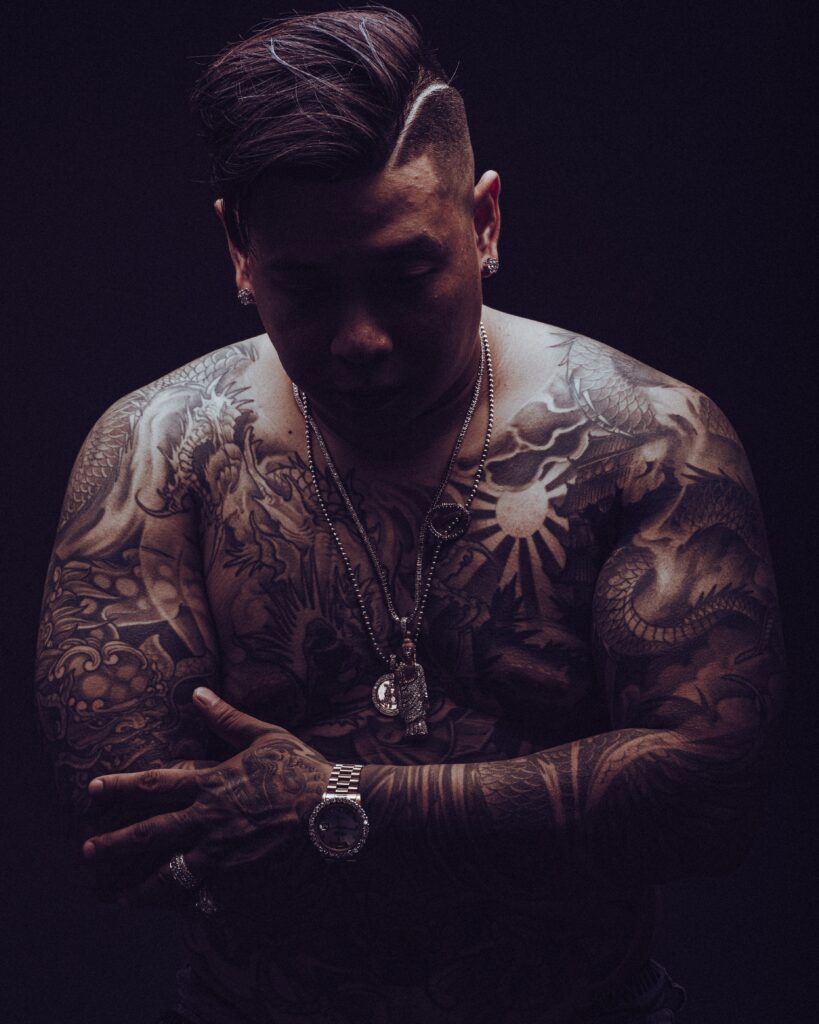
Medieval and Renaissance Tattooing
During the medieval and Renaissance periods in Europe, tattooing took on different forms and meanings. Let’s explore the two notable aspects of tattooing during this time – pilgrimage tattoos and tattoos as an identity marker.
Pilgrimage Tattoos
Pilgrimage tattoos, also known as souvenirs of the soul, were popular among pilgrims who visited holy sites during the medieval period. These tattoos were often simple, symbolic designs inked onto the skin as a memento of the journey. They served as a physical representation of the pilgrim’s devotion and the sacred nature of their experience.
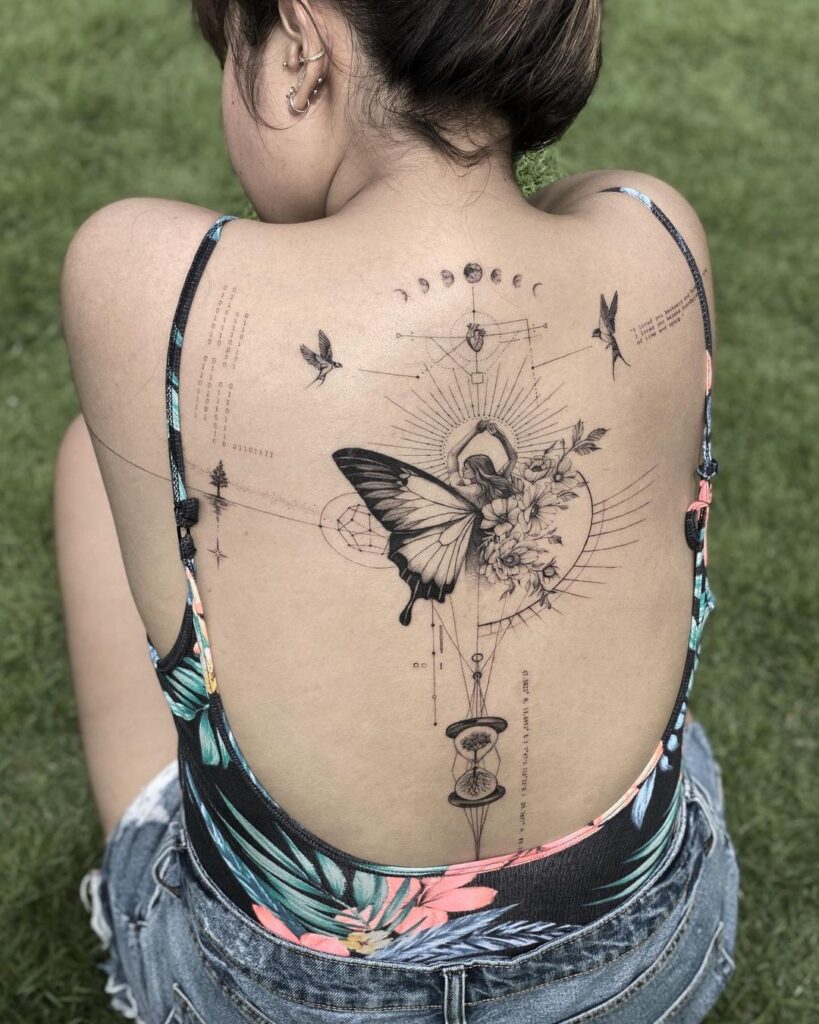
Tattoos as Identity
Tattoos during this time were also used as markers of identity. Sailors, for example, would often get tattoos to identify themselves with specific ships or crews. These tattoos would often depict symbols of protection, such as anchors or nautical motifs. In some cases, tattoos were also used to mark criminals or outcasts in society, creating a visible stigma that would separate them from the rest of the population.
Tattoos and Indigenous Cultures
Indigenous cultures across the world have a long history of tattooing, with each culture infusing its own unique symbolism and traditions into the practice. Let’s explore Native American tattoos and Maori tattoos as examples of indigenous tattooing customs.
Native American Tattoos
Native American tribes have a rich tradition of tattooing, with designs that vary based on the tribe and region. Tattoos held deep spiritual and cultural significance among Native Americans, often representing important events, life passages, or tribal affiliations. The designs would incorporate elements from nature and animals, as well as symbols that held personal meaning to the individual.
Maori Tattoos
Maori tattoos, known as Moko, are an integral part of Maori culture in New Zealand. Moko tattoos are intricate facial tattoos that serve as a visual representation of a person’s genealogy, ancestry, and social status. Every curve and line in a Moko design holds deep meaning, and each tattoo is unique to the individual. Moko tattoos are seen as a mark of cultural pride and a connection to Maori heritage.
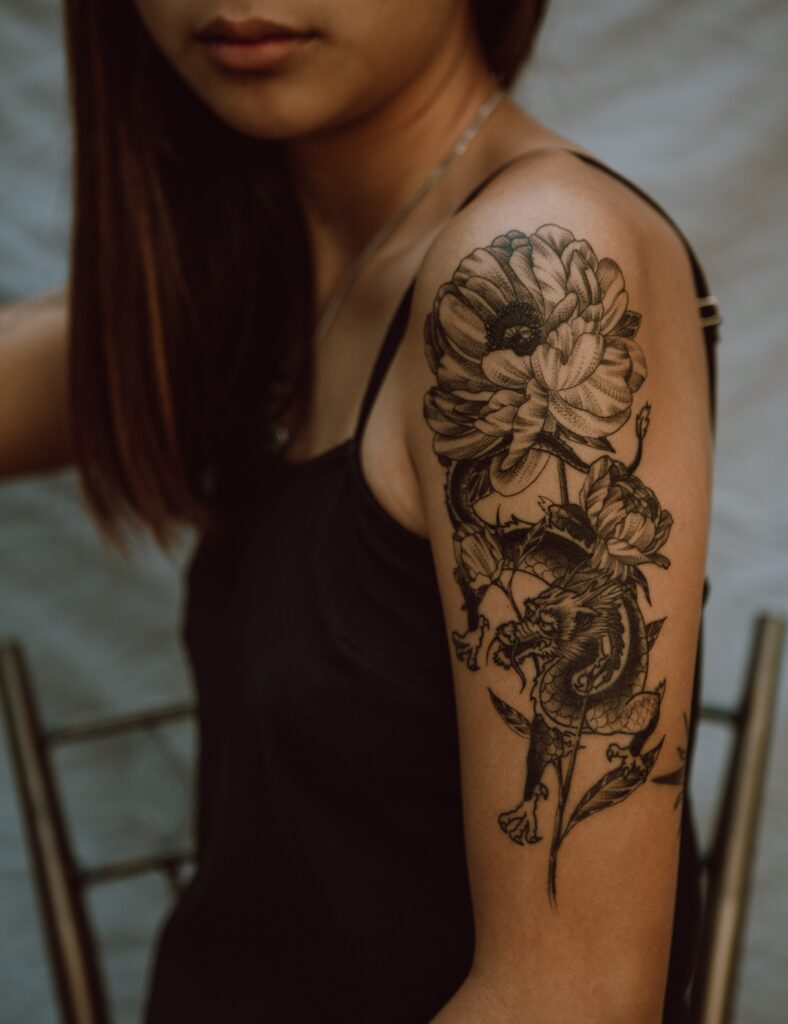
Prison Tattoos
Prison tattoos have a storied history and hold various meanings within the inmate community. Let’s explore prison tattoos as a symbol of power and their use of hidden codes and meanings.
A Symbol of Power
In the prison system, tattoos are often a way for inmates to establish their power and status within the hierarchy. A well-tattooed individual is often seen as someone to be respected and feared. These tattoos may represent the inmate’s affiliation with a particular gang or their involvement in criminal activities. They serve as a visual proclamation of their allegiance and toughness.
Codes and Meanings
Prison tattoos also serve as a form of communication and expression within the walls. Certain symbols and designs can convey hidden messages that only those within the inmate community understand. From marking the number of years served to indicating criminal accomplishments, these tattoos act as a secret language, allowing inmates to convey information or warn others about particular individuals or situations.
Tattoos in the Military
Tattoos have long been intertwined with military traditions around the world. Let’s delve into the historical significance of military tattoos and their connection to nautical traditions.
Historical Significance
In many military cultures, tattoos were used to denote a soldier’s achievements, rank, and affiliation. These tattoos served as badges of honor, symbolizing bravery, loyalty, and dedication to the military. Tattoos were often obtained during deployments or as a rite of passage for new recruits, solidifying their commitment to serving their country.
Nautical Traditions
In naval traditions, tattoos played a significant role in identifying sailors and providing them with protection at sea. Sailors would often get tattoos of nautical symbols like anchors, compasses, or swallows. These tattoos were believed to act as talismans, ensuring safe voyages and the sailors’ return home. Nautical tattoos also served as a form of identification in case of shipwrecks or other maritime disasters.
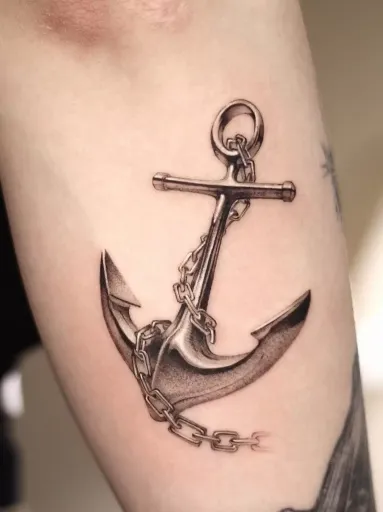
Tattoos as Art Forms
In recent years, tattooing has gained widespread recognition as a legitimate art form. Let’s explore two prominent styles of tattooing – Japanese Irezumi and Fine Line tattoos.
Japanese Irezumi
Japanese Irezumi, also known as traditional Japanese tattooing, is a highly skilled and intricate art form. Irezumi tattoos often cover large areas of the body, with designs that incorporate elements of Japanese culture, mythology, and nature. The process of getting an Irezumi tattoo is time-consuming, and the designs are created with great attention to detail. Each tattoo tells a story and is a testament to the skill and artistry of the tattoo artist.
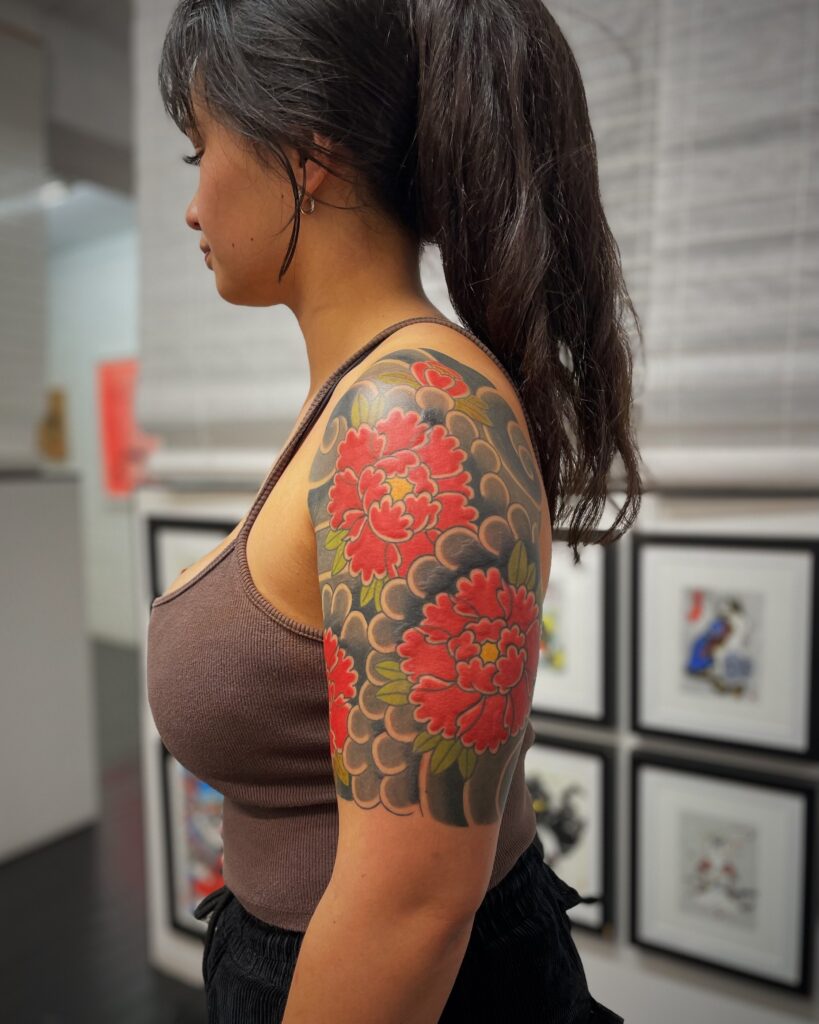
Fine Line Tattoos
Fine Line tattoos have gained popularity in recent years for their delicate and intricate designs. This style focuses on creating detailed and precise lines, often using minimal shading or coloring. Fine Line tattoos often feature intricate patterns, realistic portraits, or delicate botanical illustrations. The precision required in this style of tattooing showcases the artistic abilities of both the tattoo artist and the wearer.
Pop Culture and Tattoo Influences
Tattoos have become increasingly prevalent in popular culture, with celebrities and media playing a substantial role in shaping the perception and trends surrounding tattoos. Let’s explore the impact of celebrity tattoos and tattoos in music and film.
Celebrity Tattoos
Celebrities have played a significant role in popularizing tattoos and making them more acceptable in mainstream society. Many well-known celebrities, such as Angelina Jolie, David Beckham, and Rihanna, have visible tattoos that have become iconic representations of their identity. The influence of these celebrities has contributed to the growing acceptance and popularity of tattoos, inspiring countless people to get inked.

Tattoos in Music and Film
Tattoos have also become an integral part of the music and film industries. Musicians and actors often use their tattoos as a form of self-expression and a way to connect with their audience. Whether it’s the heavily tattooed rock stars or the inked-up characters in movies, tattoos have become an essential element of the entertainment world, further fueling their popularity.
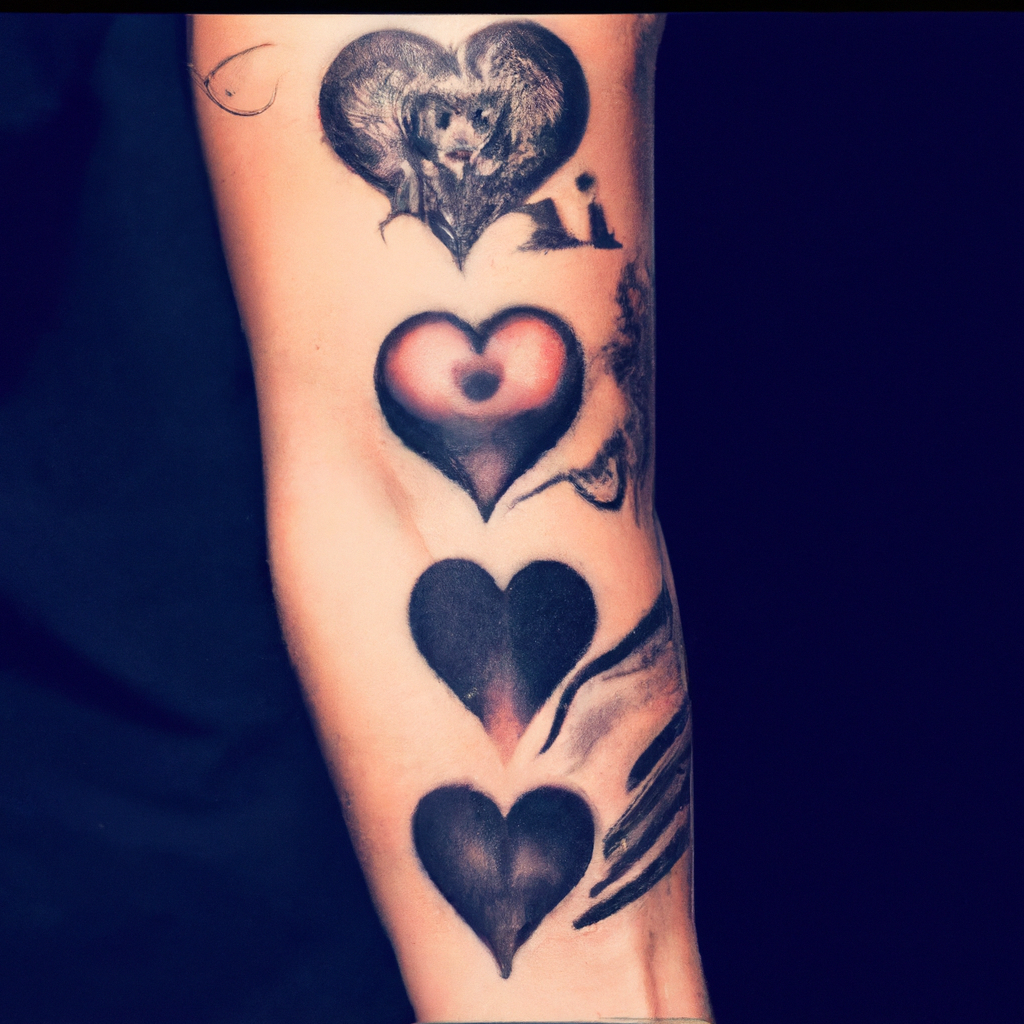
Tattoo Rebirth in the Modern Era
After a period of decline, tattooing experienced a resurgence in the modern era. Let’s explore the Tattoo Renaissance and the state of tattooing today.
The Tattoo Renaissance
The Tattoo Renaissance, which emerged in the late 20th century, brought about a renewed interest in tattooing as an art form. This resurgence was due in part to a shift in societal attitudes toward tattoos, as well as advancements in tattooing techniques and equipment. Tattoo artists began to be recognized as skilled professionals and gained more artistic freedom to explore different styles and designs.
Tattooing Today
Today, tattooing has become a mainstream practice with a diverse range of styles and techniques. Tattoo artists push the boundaries of creativity, constantly innovating and experimenting with new ideas. With the advent of social media, tattoos have now become a means of self-expression, and individuals can proudly showcase their body art to a global audience. Tattoo studios can be found in almost every city, catering to people from all walks of life who seek to commemorate meaningful moments or express their personal identity through the art of tattooing.
Contemporary Tattoo Inspirations
In the modern era, tattoo enthusiasts draw inspiration from a variety of sources. Let’s explore some popular themes in contemporary tattoo designs – nature and wildlife, symbolism and spirituality, and minimalist and geometric tattoos.
Nature and Wildlife
Many people find inspiration in the natural world when choosing their tattoo designs. Flora and fauna, such as intricate floral arrangements, majestic animals, or mesmerizing landscapes, often serve as the basis for these tattoos. These nature-inspired tattoos can symbolize a connection to the earth, personal growth, or a deep appreciation for the beauty found in the natural world.
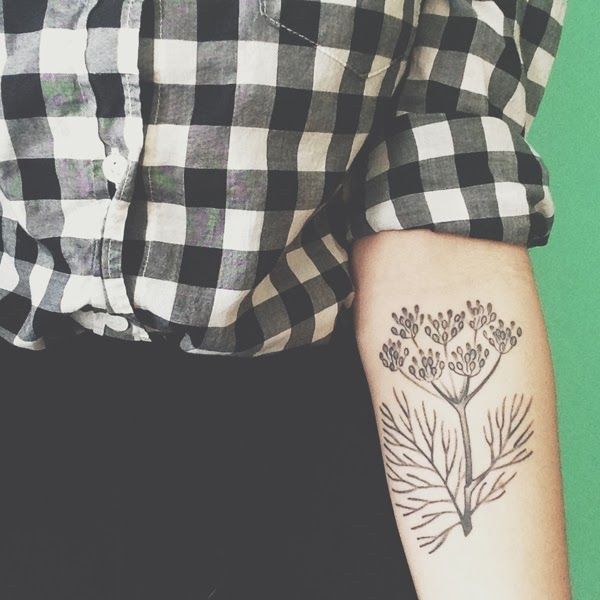
Symbolism and Spirituality
Tattoos that incorporate symbols and spiritual elements are deeply meaningful to those who choose them. These tattoos can represent personal beliefs, cultural heritage, or significant life experiences. Symbols like mandalas, dreamcatchers, or religious emblems often feature prominently in these designs, serving as a reminder of one’s spirituality or a guiding force in their life journey.
Minimalist and Geometric Tattoos
Minimalist and geometric tattoos have gained popularity among those who seek a more understated and contemporary look. These tattoos often feature clean lines, simple shapes, and negative space to create visually striking designs. Minimalist tattoos are ideal for those who want a discreet yet meaningful tattoo, while geometric tattoos can express a love for symmetry and mathematical precision.
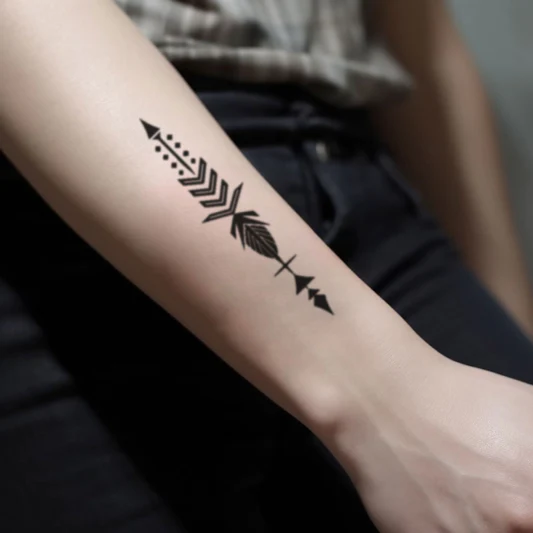
In conclusion, tattooing has a vast and diverse history that spans across cultures and time periods. From ancient traditions rooted in spirituality and cultural practices to the modern era’s artistic expressions, tattoos have evolved into an art form that holds deep personal meaning for individuals worldwide. Whether they are symbols of self-identity, expressions of artistry, or cultural traditions, tattoos continue to leave a lasting mark on the human canvas.




